The content of the article
Many pregnant women, long before the upcoming birth, try to buy the baby everything they need, or rather, everything that he might theoretically need. This is especially true for the first-born - they buy almost everything that lies on the shelves of children's goods "just in case". On the one hand, this behavior can be called justified, because after giving birth the woman will not have time and opportunity to go shopping. But on the other hand, most purchased accessories remain unnecessary and unused. After all, if the mother successfully established breastfeeding, she will not need a huge number of bottles.
So it is with a pacifier - mothers in euphoria buy a lot of different soothers, and as a result, the baby generally refuses them and spits the pacifier with great pleasure. To find a certain balance, you do not need to buy many different soothers. You need to choose the one that will be safe and convenient, the one that your baby will certainly need. But first, let's try to figure out why a dummy is needed at all and whether it is so necessary.
Does the baby need a dummy
This question worries many generations of mothers. Indeed, in some cases, the nipple is highly not recommended, and in other situations its use is simply necessary. In order to understand whether your baby needs a nipple, we will try to understand its pros and cons. Let's start with the shortcomings of this baby.
- Breastfeeding consultants say that the nipple has a different structure than the physiological maternal nipple. The kid is accustomed to sucking a nipple and weaned about the shape of her mother's nipple. Because of this, the baby’s grip may change, he does not receive the proper amount of milk. Therefore, it is better not to give a nipple to newborn babies, especially if breastfeeding is in its infancy.
- Prolonged sucking on a pacifier can change a baby’s bite.
- Babies who suck nipples up to 2-3 years old begin to speak worse and later.
- For many children who are used to constantly sucking a pacifier, giving up this habit becomes a real psychological trauma.
These are the main factors that can adversely affect the health and emotional state of the baby. However, sometimes a pacifier should still be used.
- The nipple is simply necessary for children on artificial feeding. The baby must satisfy his sucking reflex.
- The nipple is needed in emergency situations - when the baby is naughty on the road, at the doctor’s appointment, at a party, when changing clothes.
- A dummy is a great alternative to sucking a finger, at least it's more hygienic.
- Some babies fall asleep quickly with a pacifier in their mouths, why not take this moment?
Each parent independently decides whether to use the dummy or not. In any case, if you decide to reassure the baby with a dummy, do not do this until the baby turns one month old. The first thing you should do is to breastfeed. Otherwise, the baby simply abandons the chest in favor of a rubber dummy.
How to choose a pacifier by shape
When choosing a mother's dummy, the first thing they ask is, what form do you need to buy a pacifier so that it is familiar to the baby? Here are some forms of pacifiers presented on the modern market for baby products.
- Classic. These are ordinary elongated nipples that look like classic soothers, popular in Soviet times. For some, the classic remains relevant, and mothers offer babies just this form of soothers.Among the advantages of such a nipple - it does not need to be given in a certain position, the baby can twist the nipple in the mouth and does not feel the difference. However, such nipples can not be used for a very long time - they become the cause of malocclusion.
- Anatomical nipples are by far the most popular. They are a flattened shape on one side. In the mouth, such a nipple is more than comfortable, as it closely resembles the mother’s nipple. Many anatomical nipples have different sizes - according to the age of the crumbs.
- Orthodontic nipples are various forms that your baby may like. The most popular nipple is the shape of a cherry - such a nipple has a long base and a spherical shape at the end. Cherry is suitable for children with a fairly wide and deep sky. Orthodontic nipples can be in the shape of a butterfly or a heart.
In addition, there are pacifiers with a protective disk, which are designed so that the baby does not swallow the nipple.
It is difficult to predict what kind of dummy the baby will like. This can only be understood by trial and error. One thing is for sure - the nipple that the baby gets used to once will be his favorite. And he is unlikely to get used to another form later. Therefore, it is better to choose those dummies that will not harm the bite in the future.
How to choose a pacifier by size
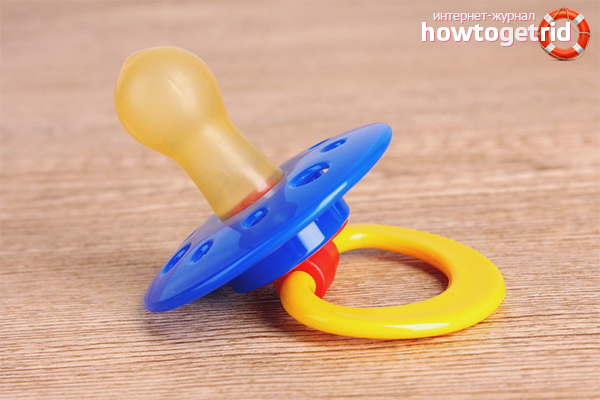
This selection criterion is the simplest, since the age for which this dummy is intended is written on many copies. Typically, the nipples are divided into 0-3, 3-6, 6-12 months. If the baby is large, you need to consider this and buy a pacifier larger than its real age. For premature and small babies - on the contrary, the nipple should be smaller. Some manufacturers focus not on age, but on the weight of the crumbs, so that it is more convenient to choose a pacifier. The fact is that the children are different and can weigh in three months from 4 to 9 kg or more. In this case, of course, it is better to focus on the weight of the crumbs.
How to choose a pacifier by material
Separately, I would like to say about the materials from which the dummy is made. Any baby product must be of high quality and safe materials, especially if it is a nipple that is constantly in the crumbs in the mouth. Here are some popular pacifier materials.
- Latex. It is a safe and fairly soft material. Latex nipples are very flexible and supple, which is why they are great for lightweight and newborn babies. However, latex is rather fragile, soothers made of such material need to be changed every month. After prolonged use, the dummy may become deformed. You can not boil latex nipples - the material is afraid of high temperatures. Sometimes (quite rarely, but still), children are allergic to latex nipples, because they contain protein molecules.
- Silicone Nipples made of this material are more rigid. Silicone pacifiers can be boiled, they are completely hypoallergenic and do not cause any reaction. Unlike latex (yellowish) nipples, silicone has a transparent structure. Due to the fact that the silicone nipple is elastic enough, it is easier to crack. Therefore, such a nipple should not be given to a baby who already has teeth. And for scratching the gums, such a nipple is not very suitable, it is better to choose a latex or rubber analog.
- Rubber. Today, rubber nipples are used very rarely, it is an obsolete material that can be allergenic for crumbs. But if the baby’s teeth are cut, a rubber dummy and a rubber teether are better than others to help the baby get rid of itching and discomfort.
When choosing a pacifier for a baby, it is very important to give preference to trusted manufacturers who make safe and comfortable baby products. Among the popular brands include Avent, Chicco, Pigeon, Nuk Genios, Bibi, Baby Land and others.The price range of these brands is wide enough, you can choose what you can afford. Many models have small ventilation holes that are needed to prevent the skin around the lips from shedding. In any case, the nipple must be of high quality and correctly selected - a lot depends on this.
How to choose a pacifier and how to care for it
Here are some tips and tricks to help you choose a pacifier, as well as properly care for it afterwards.
- Choose nipples with a wide base so that the baby does not accidentally swallow it whole.
- Choose models with large openings that protect your baby's skin from diaper rash. At the base of the nipples there should be a cutout for the nose so that the sucking process is comfortable.
- The nipple should not be disassembled or opened - choose solid designs so that the baby can not open or tear off small parts that can choke.
- Regularly change the pacifier to a new one, even if your looks quite bearable. The latex pacifier must be changed every month, at least. But the silicone and rubber dummy can be changed every three months.
- The pacifier needs to be sterilized every day. For a walk, it is better to take a spare dummy to replace the fallen if necessary.
- In no case do not lick the nipple and do not give it to the child after that. The human mouth contains a huge amount of harmful bacteria that you can share with your baby. It is better to rinse the nipple with boiled water.
- Do not leave the dummy in the sun or near the heating battery - it may become deformed.
- When choosing a nipple, you should pay attention to the shape of your nipple. If it is large and elongated, a cherry nipple is suitable, if sunken, prefer an anatomical nipple.
- Before the first use of any nipple, it must be thoroughly washed with soap and doused with boiling water.
- Store the pacifier in a special container to protect the item from dust and dirt. Use a special baby chain that is attached to the baby’s clothes. Even if the baby spits out the nipple, the chain will keep the item from falling to the floor.
- Each time, carefully inspect the nipple - cracks and damage can be dangerous, because microbes accumulate inside.
These simple rules for choosing a dummy and caring for it will help you use this item without any doubts and worries.
In using the pacifier, it is very important to catch the moment when you need to wean the child from a bad habit. Do it gradually - distract with games, remove the nipple from the field of view. In no case do not scold the baby if he is sucking a nipple, do not shame him and, moreover, do not spank. After all, it was you who taught the baby! Also, do not smear the nipple with something burning or bitter - this can result in both psychological trauma and physical (burns to the esophagus, etc.). Explain to the baby that teeth can become crooked from sucking. If the baby does not give up the habit, you can use this technique. Every day, cut a piece from the nipple, starting from the edge. Tell the baby that the nipple was bitten by fish (dogs, cockroaches - anyone). The baby will gradually get used to the fact that the nipple is malfunctioning, because sucking it is more uncomfortable every time. So he quickly and painlessly abandons the habit.
Video: how to choose a pacifier for a baby

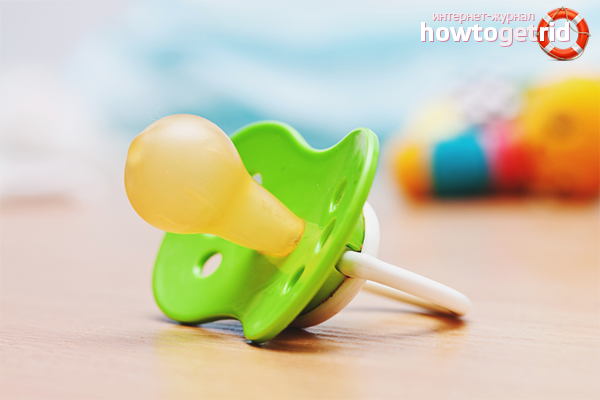
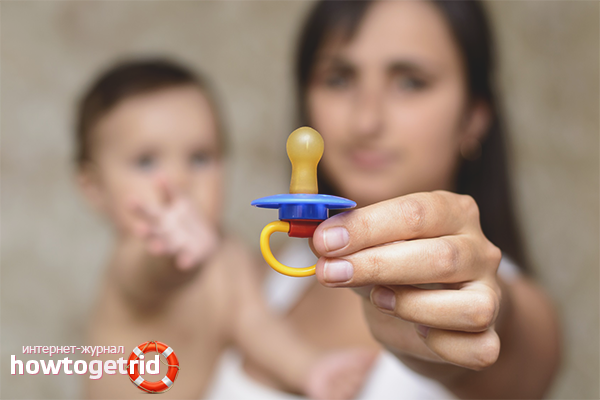
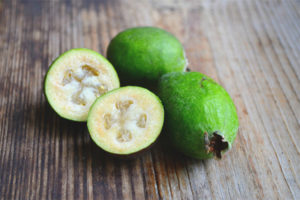
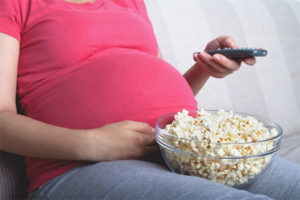


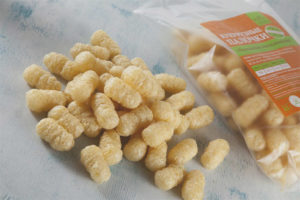



Submit